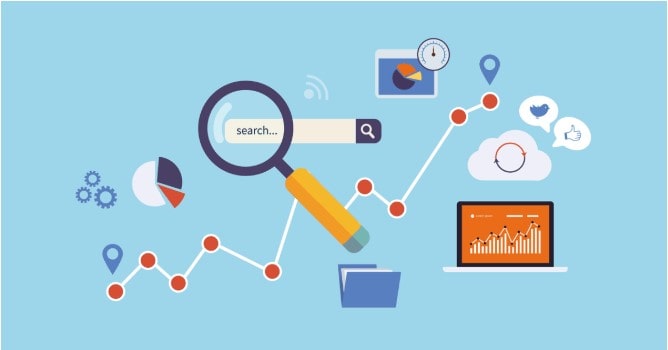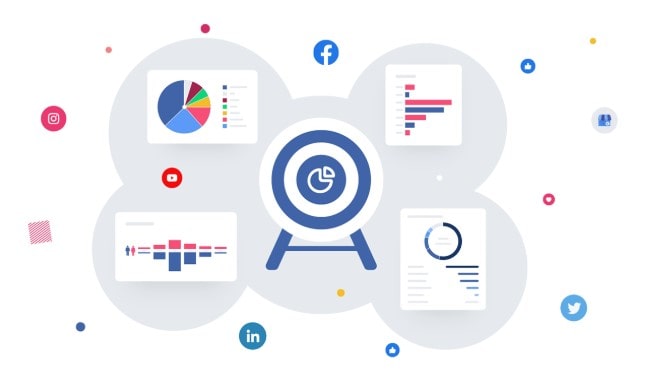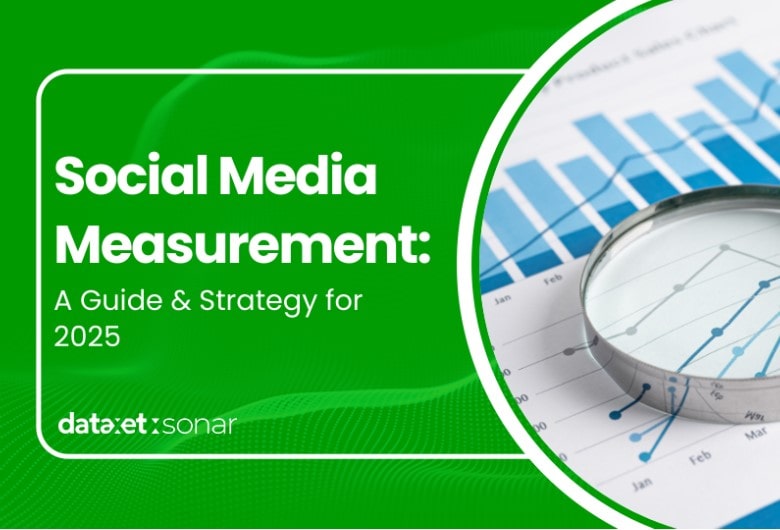Table of Contents
Measuring the success of social media is an integral part of any modern digital strategy. With the growth of social media platforms and increasing competition among brands, the ability to measure performance accurately is more crucial than ever. Social media measurement not only helps assess the effectiveness of content but also provides in-depth insights to support strategic decision-making.
This article delves into the world of social media measurement, covering its definition, the importance of metrics in digital strategies, a comprehensive measurement framework, advanced analysis methodologies, and techniques for calculating ROI.
1. What is Social Media Measurement?

Social media measurement is the process of collecting, analyzing, and evaluating data from social media activities to understand their impact on business goals. This process encompasses various metrics, such as engagement rate, reach, conversions, and public sentiment.
Through social media measurement, businesses can:
- Evaluate Campaign Success: Understand what works and what needs improvement.
- Optimize Content Strategy: Identify the types of content that resonate most with the audience.
- Track Trends and Customer Behavior: Adjust marketing strategies to align with market demands.
Social media measurement is not just about numbers; it’s about transforming data into actionable insights.
2. Why Are Metrics Important in Digital Strategy?

Metrics serve as key indicators to assess the effectiveness of social media strategies. Here’s why they’re crucial:
-
1. Measure Audience Engagement:
Metrics like likes, comments, and shares indicate how relevant your content is to your audience. -
2. Understand Content Reach:
Reach metrics reveal how far your content has been viewed by your audience. -
3. Assess Campaign Effectiveness:
Metrics such as click-through rate (CTR) and conversion rate provide insights into how well your campaigns drive specific actions. -
4. Boost Customer Loyalty:
By monitoring public sentiment, you can better understand audience perceptions of your brand and respond more effectively to feedback.
3. A Comprehensive Framework for Social Media Measurement

To effectively measure social media performance, follow a structured framework:
Start with clear goals, such as increasing brand awareness, generating leads, or driving conversions.
Choose metrics relevant to your goals, such as:
- Engagement Rate: To measure how actively your audience interacts with your content.
- Conversion Rate: To track the success of encouraging specific actions.
- Sentiment Analysis: To gauge audience emotions toward your brand.
Leverage tools like Hootsuite, Sprout Social, or Dataxet to track key metrics in real time.
Evaluate collected data to identify patterns, trends, and opportunities. Conduct a social media audit to get accurate insights.
4. Advanced Analysis Methodologies

Advanced analysis allows you to extract deeper insights from social media data. Here are some methodologies you can apply:
-
1. Sentiment Analysis:
Use technologies like Natural Language Processing (NLP) to determine whether audience responses to your brand are positive, negative, or neutral. -
2. Competitor Analysis:
Compare your social media performance with competitors to uncover opportunities and competitive advantages. -
3. Real-Time Trend Monitoring:
Track emerging trends in your industry to adjust your marketing strategies accordingly. -
4. Audience Segmentation:
Use demographic and behavioral data to segment your audience, enabling personalized content strategies.
5. Case Study: Success Through Social Media Measurement

One of our clients in the FMCG sector faced significant challenges in designing a marketing strategy for a new product launch. They needed in-depth insights into the industry landscape, market trends, and consumer preferences to ensure their product would resonate with the target audience. By leveraging the Dataxet platform, the client gained invaluable data and analysis to support their decisions.
How Dataxet Helped:
-
1. Comprehensive Industry Landscape Report:
Dataxet provided detailed reports on current market trends, consumer preferences, and emerging shopping behaviors in the FMCG sector. These reports included sentiment analysis for similar product categories, helping the client understand market expectations. -
2. In-Depth Competitor Analysis:
Using media monitoring and social listening features, Dataxet offered insights into strategies used by key competitors. The client could identify successful campaigns, audience responses, and untapped opportunities. -
3. Audience Targeting Identification:
Dataxet helped the client identify the most promising audience segments based on social and demographic data, allowing them to focus marketing efforts on relevant groups. -
4. Real-Time Monitoring for Strategy Adjustment:
During the product launch, real-time monitoring allowed the client to track customer responses to their campaigns. Negative feedback or additional customer demands were addressed promptly to improve results.
Results Achieved:
Thanks to insights provided by Dataxet, the client successfully:
- Understand Market Needs Better: Launched a product aligned with customer preferences.
- Optimize Marketing Campaigns: Data-driven campaigns achieved high engagement rates.
- Anticipate Market Challenges: By understanding competitor moves, the client emphasized unique product features to stand out.
This success story highlights how effective media intelligence can make a tangible impact on business strategies, especially for new product launches.
6. Techniques for Calculating Social Media ROI

Calculating ROI from social media activities is essential for evaluating the effectiveness of your strategies. Here are the steps:
Calculate all costs associated with your social media campaigns, including ads, content production, and analytics tools.
Identify direct revenue generated by the campaigns, such as sales from links shared on social media.
ROI = [(Revenue – Investment) ÷ Investment] × 100%
Example:
If you spend $10,000 on a campaign and generate $25,000 in revenue, your ROI is:
[(25,000 – 10,000) ÷ 10,000] × 100% = 150%.
This ROI indicates that every $1 invested yielded $1.50 in profit.
7. Conclusion
Social media measurement is a critical element of modern digital strategies. By accurately measuring and analyzing data, businesses can understand audience needs, optimize social media measurement strategies, and boost ROI.
Platforms like Dataxet enable businesses to manage social media data effectively, providing real-time insights and helping create more targeted strategies. By integrating social media measurement into your operations, you can build stronger relationships with your audience and strengthen your brand’s position in the digital marketplace.






